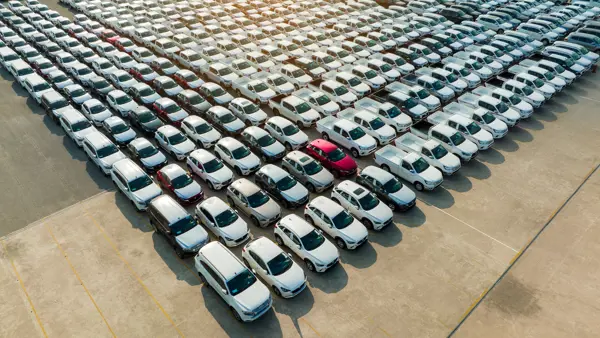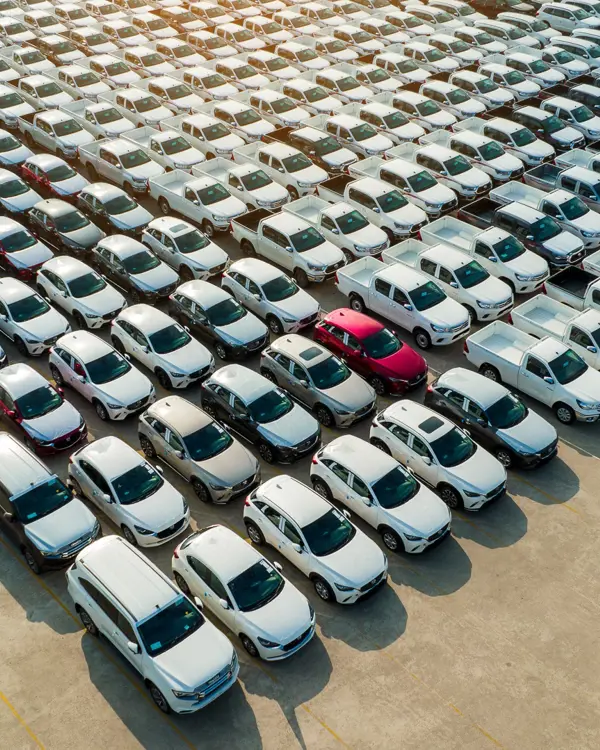Elements affecting a company’s supply chain resiliency
- 1
#1 Operational disruptions
For most manufacturers, the supply chain is an intricate network with many parts that must be present at the right time and place. The move to Just-in-Time inventory only exacerbates the problem when an essential component or part is delayed. Operational disruptions can take many forms, such as severe weather damaging the source crops, slowdowns or shutdowns at manufacturing facilities, shipping delays or cancellations, and staff shortages. The pandemic had all these elements and then some. Manufacturers must look beyond cost and consider elements that will help mitigate operational disruptions of their suppliers, which might include multiple suppliers and transportation methods, stable access to labor, and alternatives in the event a primary supplier is unable to meet delivery commitments.
- 2
#2 Lack of visibility
Manufacturers generally have visibility into potential problems at their primary suppliers and can prepare for possible disruptions such as delays or shortages. However, they don’t always have the same level of visibility into the supply chain of their primary suppliers. The lack of visibility of the entire supply chain, from source to final delivery, can seriously impact a company’s ability to forecast available inventory, delivery commitments, production capacity, and replenishment requirements. Lack of visibility does not always mean a lack of data. In some cases, the data might exist but must be found by searching disparate databases and siloed repositories, making it nearly impossible to form a coherent picture of the true state of the supply chain. Manufacturers need the availability to view their entire supply chain and identify where potential problems exist and how to respond in real-time in the event a disruption does occur.
- 3
#3 Insufficient forecasting
Most forecasting models are built with historical data and cannot react to unprecedented events such as the COVID-19 pandemic. Forecasting software must also be able to simulate possible events and evaluate the potential outcomes of those simulations.
Companies are increasingly looking to upgrade their forecasting solutions to include technologies such as artificial intelligence (AI), machine learning (ML), advanced analytics, and automation. These new platforms provide flexible, data-driven forecasting models that provide needed transparency by identifying potential
supply chain disruptions early in the process and decreasing the risk of adverse impacts to the company.
Making your supply chain resilient
Businesses are moving to reconfigure their supply chain to be more resilient to local and global
impacts. These companies are focused on addressing three areas of concern: using automation to
augment the workers that support the supply chain, seeking additional suppliers to accommodate
potential disruptions and shortages, and matching supply and demand should another global event,
like the pandemic, occur.
Adopting the right technology to create a robust supply chain helps a company remain competitive
and helps to stabilize its workforce, warehousing, shipping and transportation, and fulfillment. Most
importantly, it provides a platform for growth during stable or difficult times.


